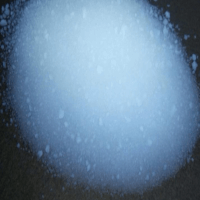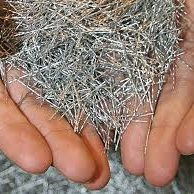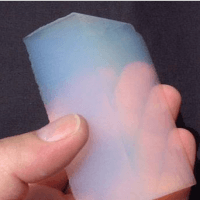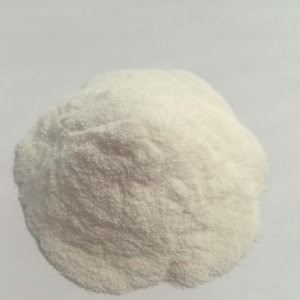Professional solutions on concrete addtives, Concrete Foaming Agent, Superplasticizer, CLC Blocks Additives, and foaming machine
In the constantly developing fields of polymer science and building materials, dipentaerythritol hexaacrylate (DPHA) has become a key component due to its unique properties and multi-functionality. This article delves into the significance of DPHA, with a particular focus on its role in improving the performance of polymer systems, and emphasizes its application in concrete formulations in conjunction with polycarboxylate-based high-efficiency water-reducing agents.
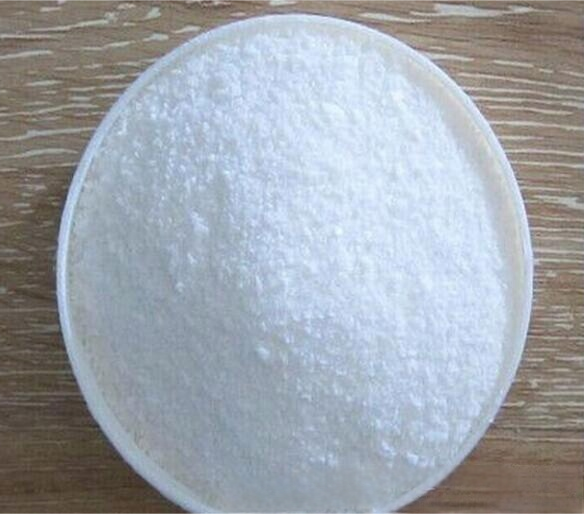
dipentaerythritol hexaacrylate
Dipentaerythritol hexaacrylate is a highly functional acrylic monomer that has attracted widespread attention due to its excellent ability to form highly crosslinked networks during polymerization. Its structure is composed of a central pentaerythritol core replacing six acrylate groups, providing an ideal platform for manufacturing polymers with excellent mechanical strength, thermal stability, and chemical resistance. These characteristics make DPHA indispensable in various applications, from adhesives and coatings to advanced composite materials.
The role of DPHA in high-performance polymers
The incorporation of DPHA into a polymer matrix can significantly improve its physical and chemical properties. Especially, the introduction of DPHA leads to an increase in crosslink density, which directly contributes to improving hardness, scratch resistance, and dimensional stability. In addition, there are multiple reaction sites in each molecule, which can fine-tune the network architecture and develop materials suitable for specific end-use requirements. In industries where material performance is crucial under extreme conditions, such as the aerospace and automotive industries, this level of customization is crucial.
| Parameter | Value |
| Chemical Name | Dipentaerythritol Hexaacrylate (DPHA) |
| CAS Number | 42978-66-5 |
| Molecular Formula | C30H38O12 |
| Molecular Weight | 574.62 g/mol |
| Appearance | Clear, colorless to pale yellow liquid or solid (depending on the grade) |
| Viscosity @ 25°C | 1000-2000 cP (for liquid form; viscosity can vary significantly with temperature and specific grade) |
| Density @ 25°C | ~1.15 g/cm³ |
| Refractive Index @ 20°C | 1.475 – 1.485 |
| Acid Value | ≤ 1 mg KOH/g |
| Water Content | ≤ 0.1% |
| Flash Point | > 100°C (closed cup) |
| Storage Conditions | Store in a cool, dry place away from direct sunlight. Keep containers tightly closed. |
| Shelf Life | 1 year when stored under recommended conditions. |
Product parameter table of dipentaerythritol hexaacrylate
The synergistic effect of polycarboxylate superplasticizer
One of the most interesting aspects of the practicality of DPHA is its compatibility and synergistic effect when used in combination with polycarboxylate superplasticizers, especially in the context of concrete technology. Polycarboxylate ether is renowned for its excellent water-reducing ability and is widely used as a high-performance admixture in modern concrete formulations. By optimizing the dosage of polycarboxylate ether, typically ranging from 0.1% to 0.5% of cement weight, the workability, setting time, and overall durability of concrete structures can be significantly improved.
Taking hexanoic acid as an example, its dosage is usually between 25 and 32, but this range is not absolute, and the specific dosage needs to be adjusted according to the actual application scenario, material ratio, and expected effect. Under specific conditions, the amount of acid used may be adjusted to achieve the best water reduction effect. Excessive acid may lead to overly intense reactions, resulting in material waste, while insufficient acid may result in substandard water reduction rates.
The same applies to the selection and dosage of initiators. Different types and weights of initiators may have an impact on the amount of hexanoic acid used. When selecting initiators, it is necessary to consider their activity, reactivity with acrylic acid, and impact on other materials.In addition, the amount of chain transfer agents used is also a factor worth paying attention to. For example, when using sodium hypophosphite as a chain transfer agent, its dosage may have a certain impact on the reaction of carbon hexaacrylate.
Therefore, in order to ensure the best use effect, it is recommended to fully consider the actual concentration, material type, and the use of other additives on site when determining the dosage of hexanoic acid. Through multiple experiments and adjustments, find the most suitable formula and dosage for yourself. This not only ensures the performance and quality of materials but also improves production efficiency and reduces waste.
Integrating DPHA into these systems not only supplements the advantages of polycarboxylate superplasticizers but also enhances their benefits. Specifically, adding DPHA can improve the rheological properties, thereby better controlling the flow characteristics of freshly mixed concrete. In addition, the crosslinking properties of DPHA contribute to the formation of a more compact and impermeable matrix, thereby improving the long-term performance and sustainability of the final product. It is worth noting that the optimal dosage of hexanoic acid (a common component in the synthesis of polycarboxylate superplasticizers) should be carefully adjusted according to the specific requirements and limitations of each project to ensure maximum efficiency and cost-effectiveness.
As we continue to explore the possibilities in polymer chemistry and building materials, the role of dipentaerythritol hexaacrylate remains crucial. Its unparalleled ability to enhance polymer structural integrity and functional properties, coupled with its synergistic effect with advanced high-efficiency water-reducing agents, puts DPHA at the forefront of innovation. With the progress of research, it is expected that more complex applications will emerge, further consolidating the importance of this multifunctional compound in shaping the future of our built environment.
This exploration emphasizes that by carefully selecting and integrating components such as DPHA and optimizing the dosage of polycarboxylate-based additives, we can develop next-generation materials that meet the strict requirements of today’s complex projects while paving the way for sustainable and resilient infrastructure solutions.
Supplier
Cabr-Concrete is a supplier under TRUNNANO of Concrete Admixture with over 12 years of experience in nano-building energy conservation and nanotechnology development. It accepts payment via Credit Card, T/T, West Union and Paypal. TRUNNANO will ship the goods to customers overseas through FedEx, DHL, by air, or by sea. If you are looking for dipentaerythritol hexaacrylate, please feel free to contact us and send an inquiry.sales@cabr-concrete.com


